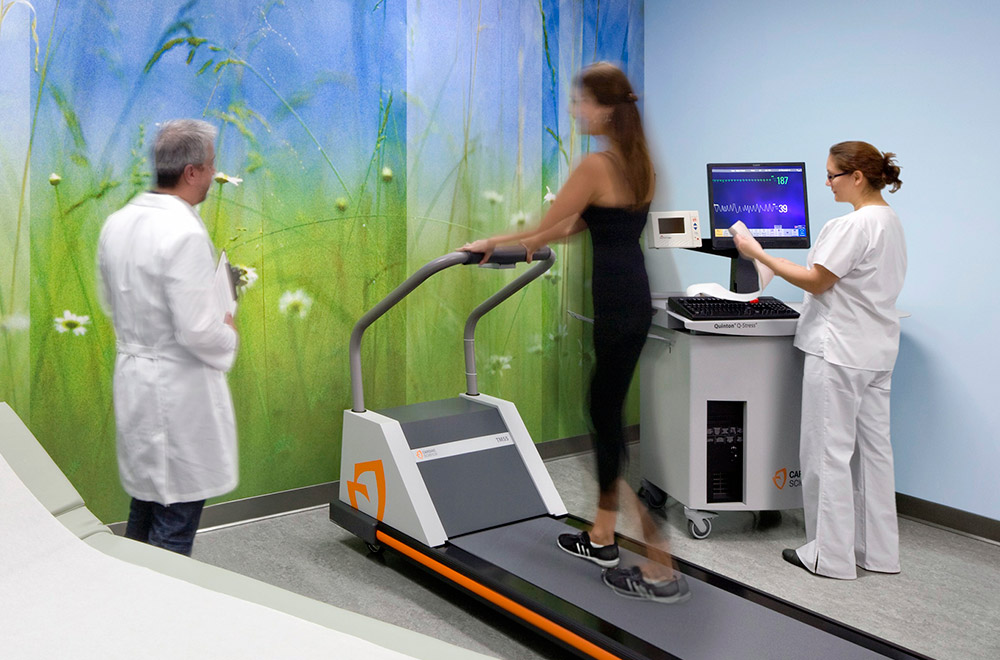As the oldest of five, Chris and his siblings endured years watching their father battle illness and undergo surgeries in healthcare environments tailored more for caregivers than patients. Since then, Chris has been on a mission to design healthcare facilities that support patients and families. A native New Yorker now living in Vallejo, CA, Chris brings 28 years of healthcare experience to HMC. In addition to his work in the architecture industry, he is a practicing artist with paintings featured in a gallery in Benicia, CA. Chris is insightful, creative, and comes to us with a true affinity for purpose-driven design.
What does your new role at HMC entail and what do you hope to accomplish?
As the new principal, senior healthcare planner, I’m hoping to build on a great practice and provide thought leadership about planning, design and the future role architects will assume in healthcare delivery. As we look ahead, several questions come into play: What services will providers offer and how will architects respond to these requests? How will they respond to market initiatives that demand better, faster, and less expensive buildings to support and heal those in crisis? And, what are the value-added services that we can offer clients that distinguish HMC from other firms. Based on these challenges, I am looking to test the current industry wide health delivery model so that HMC can be even more responsive to our client needs as they look to the future.
How do you see the architecture profession evolving, and where do you see us going? I think the role of the architect has been commoditized over the years. From engineers and builders to everyday people with a DIY mentality, more people know about space making and how they want to live and work in their own environment, which is great. That said, what’s important for architects is to show the added value they bring to the table. Architects who focus only on design won’t stand out. When I talk to clients, I talk about delivering a process. I want to engage them to understand how to solve their problems. If we have a great process, then great design will follow.
What do you feel are the biggest challenges facing the healthcare market and how can architects help clients face those challenges?
Healthcare providers are challenged with cost, quality and a timely delivery of services. So, traditional buildings no longer cut it. It’s our job to research and understand our clients’ needs. We must think about services that can improve operations, reduce waste, provide service to patients, and serve the organization’s unique goals and objectives.
What motivated you to join HMC and why was it a good fit?
Before joining HMC, I was the senior planner and studio leader for 25 healthcare architects in northern California. What attracted me here was the opportunity to be a contributing resource on a larger scale. With HMC’s many offices, I loved the idea of being able to touch a lot of lives and work across multiple offices.
What is your ultimate goal when it comes to your work and what do you want to be remembered for?
Three years into my career, it dawned on me that—through personal family experience—I had firsthand knowledge about what wasn’t working in healthcare spaces. At that point, I decided to contribute my talents to the idea of patient and family focused care. It gave me a purpose. The thing that’s fascinating about this industry, that it’s about creating things that do not exist. Getting people involved in the process of creating, to imagine, to see the future—is why I do the work.

